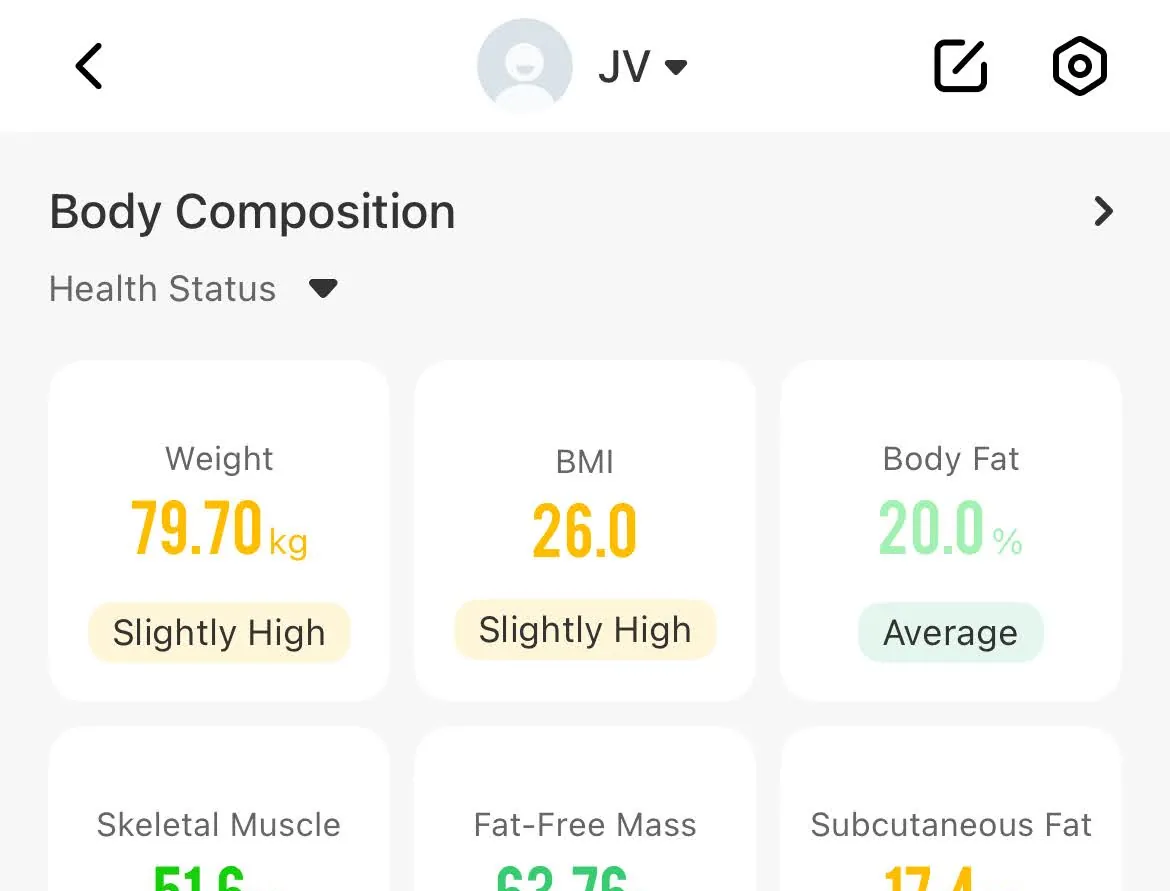Ever since I read Outlive: The Science and Art of Longevity, I was curious to take a DEXA scan since it’s supposed to be the most precise way to measure body fat percentage. But the cost was a big downside — most options I found were over $200.
For body composition, I have been using a cheap bioimpedance scale, the Renpho Body Fat Scale (ES-30M). Since it’s a simple scale, its accuracy isn’t great, and what I don’t like is how much the measurements fluctuate. The fat percentage changes every time I step on it, which makes me feel like it’s just estimating based on weight rather than actually measuring it.
I even considered getting a better body fat scale, but none seemed to offer a real improvement. Even the high-end ones that claim to be precise had plenty of reviews saying otherwise. So I gave up on that idea.
As for the DEXA scan, the high price kept me away. It was around $250 for a single scan, which felt too expensive just to satisfy my curiosity about my body fat percentage.
Then I came across a new place called BodyStats that was about to open in Vancouver. They were in the process of getting licensed, and their website mentioned offering better prices. I decided to wait until they opened.
They finally opened recently, and I did my scan last week. I was able to get their opening price of $30 (the regular price is supposed to be around $100), which was a great deal for something I had been wanting to try for a long time.
The place is small, but it has everything needed for the scan. The process was really straightforward, and the staff was friendly and professional. The results came immediately — both by email and as a printed copy.
Here’s what surprised me the most about the result:
My main goal was to get a more accurate body fat measurement compared to my Renpho scale. But in the end, it was disappointing. Somehow, both the DEXA and the Renpho showed the exact same body fat percentage. Maybe it was a coincidence, but I was expecting different values.
In the morning, I weighed myself at home, and this was my Renpho reading.

Renpho measurement
At 4 PM, I did the DEXA scan, and the fat percentage was identical.

Dexa measurement
Of course, the DEXA scan provides a lot more detail, like fat distribution per body part and bone mineral content. But I was mostly interested in just the fat percentage.
One fun fact I learned is that while my right arm is heavier than my left, my left leg is heavier than my right. Another interesting thing was to know the visceral fat weight.
I might do another DEXA scan at the end of the year to compare the progress so I can check if the measurement changed during the year. But I am a lot less interested now as most of the health improvement can be seen visually.
Cheers.